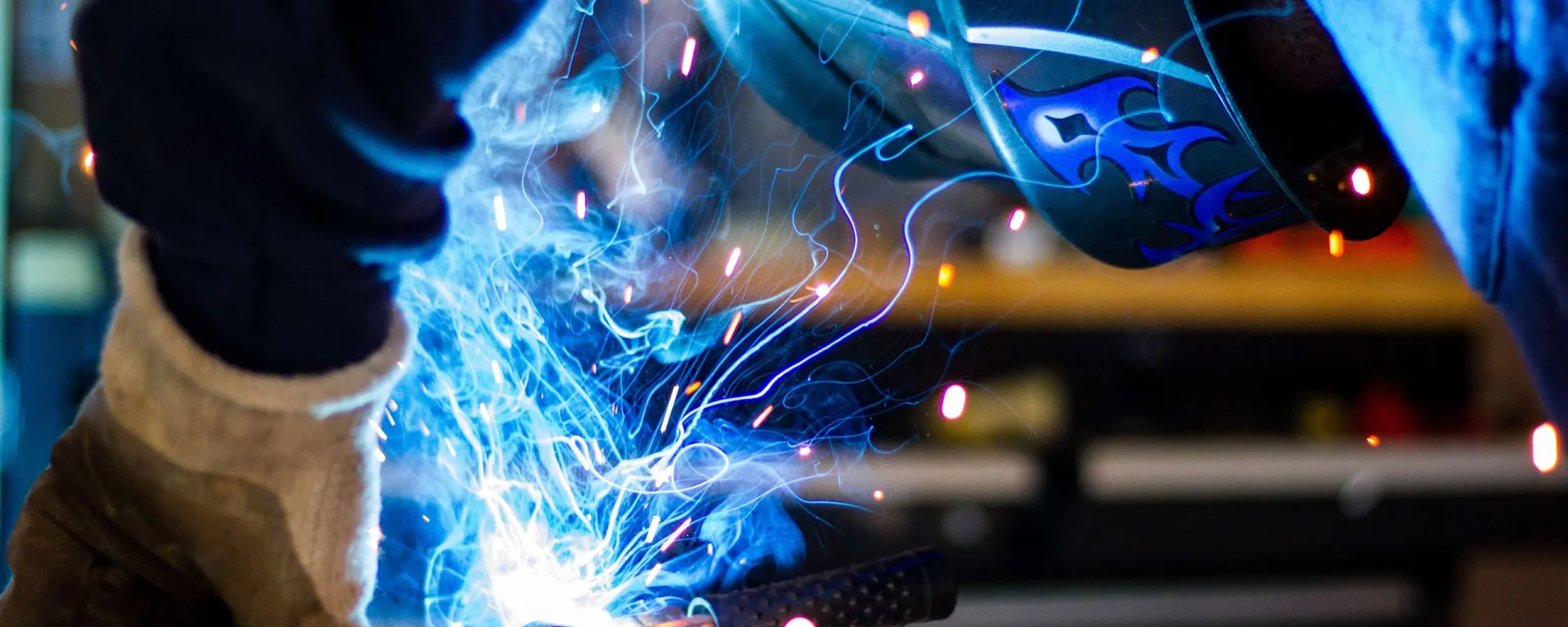Lead welding is a valuable skill that finds applications in various industries, including construction, plumbing, and electronics. Whether you’re just starting as a beginner or an experienced professional looking to enhance your welding techniques, these “Top 10 Lead Welding Tips” are here to guide you. By following these practical tips, you’ll be well on your way to mastering the art of lead welding and achieving exceptional results.
10 Best Lead Welding Tips
1. Invest in Quality Equipment
One of the first steps in becoming a proficient lead welder is to invest in the right equipment. Ensure you have a reliable welding machine, the appropriate electrodes for lead welding, and essential safety gear.
2. Prioritize Safety
Safety should always come first when welding with lead. It would be best if you equipped yourself with a welding helmet, gloves, flame-resistant clothing, and proper ventilation to protect yourself from harmful fumes and potential hazards.
3. Cleanliness is Key
Before starting any welding project, make sure the lead surfaces are clean and free of dirt, rust, or oxidation. You have to use a wire brush to remove impurities for a strong weld.
4. Master Tack Welding
You can start with tack welds, small and temporary welds that hold the pieces together. This helps you ensure proper alignment before committing to a full weld.
5. Maintain a Steady Hand
Consistency is crucial in lead welding. It would help if you kept a steady hand and a consistent welding speed for even heat distribution.
6. Proper Electrode Angle
You have to maintain an electrode angle of about 15 degrees for optimal results. This ensures that heat is evenly distributed and prevents overheating or burn-through.
7. Control Your Travel Speed
Finding the right balance in your travel speed is crucial. If you move too fast, you risk ending up with weak welds. On the other hand, if you move too slowly, you can end up with excessive heat buildup. It’s essential to maintain the optimal pace to achieve the best results in your lead welding projects.
8. Post-Weld Inspection
After completing a weld, inspect your work for any imperfections or cracks. If applicable, perform a pressure test to ensure the weld is strong and leak-free.
9. Continual Practice
As the saying goes, “Practice Makes a Man Perfect.” When you regularly practice your welding techniques, you’ll see improvements and gain confidence in your abilities. Always remember that the more you practice, the better you become at lead welding.
10. Seek Expert Guidance
Don’t hesitate to seek advice from experienced lead welders or consider taking welding classes to enhance your skills further. Learning from others can be invaluable in your journey to becoming a welding pro. Remember, there’s always room for improvement, and seeking guidance can accelerate your progress in lead welding.
Conclusion
Mastering lead welding is a rewarding journey that requires patience and dedication. By following these “Top 10 Lead Welding Tips,” you’ll be equipped with the knowledge and techniques needed to excel in this essential skill. Whether you’re a beginner or a seasoned pro, these tips will help you achieve precision and consistency in your lead welding projects, ensuring your success in various industries.
